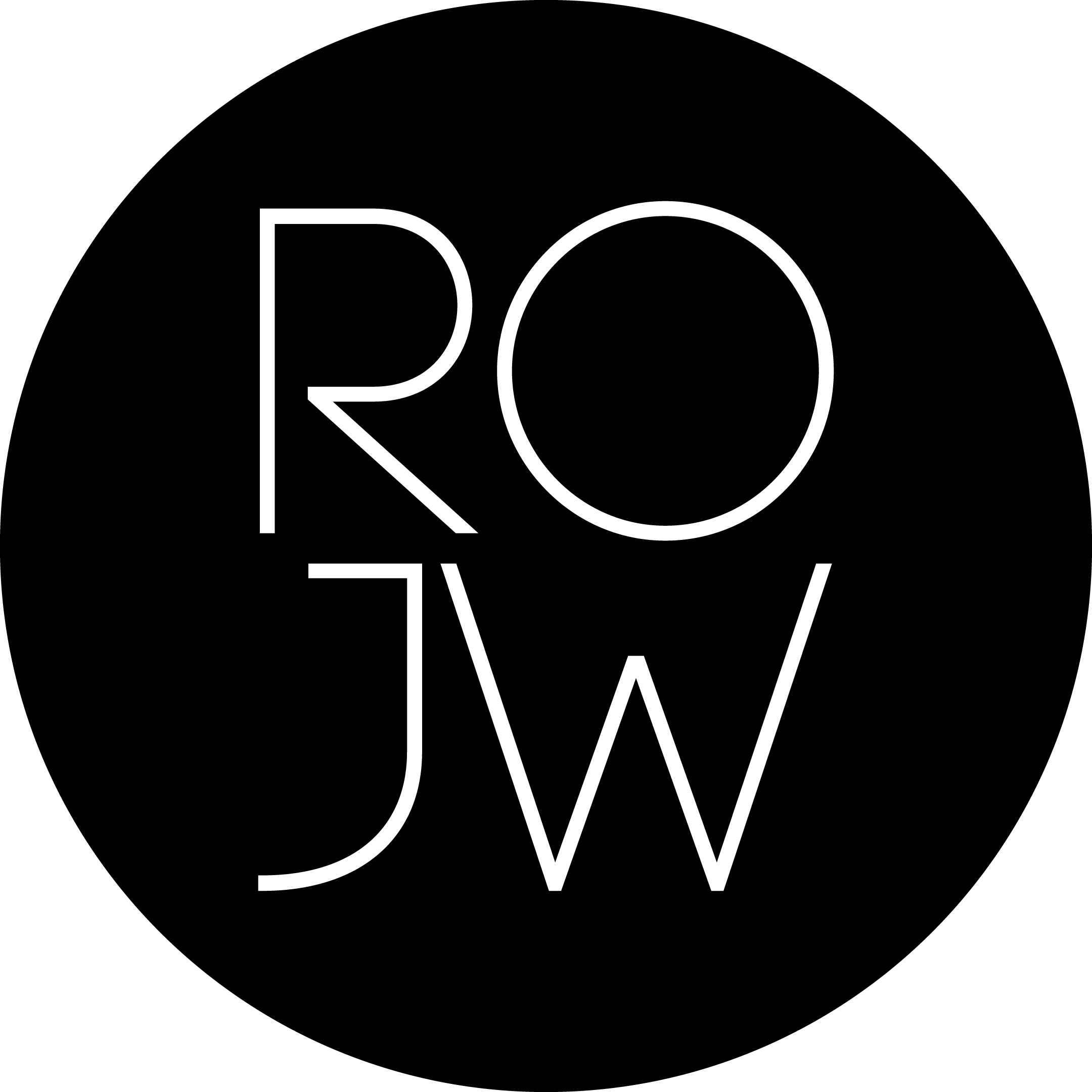Spot the Designer - Farish Alborzkouh/ Iran
What did you want to be when you were a child?
As a child I wanted to be a dentist. I was mesmerised by their various tools. Amazingly, now I use the same tools for my designer jewelery! So I am very happy.
When have you started creating jewelry? How did this passion come about?
I started making jewellery about 12 years ago under my dear teacher and mentor, Parviz Tanavoli, the famous Iranian sculptor. At first of course I started working with him as his student of sculpting, and after a few years he taught us that sculptures can come in as small a piece to be 'wearable'. This idea of 'wearable sculptures' was very appealing to me and I focused my work on these easy to carry yet with same impact as its counterpart larger pieces. The fact that you see the result faster and more people enjoy it excites me.
What was your first project or significant piece for you and from what point of view?
The first series I worked on was called 'lamplights', these were small lamps of different styles and colors. Actual lamps used in for example operating rooms or airplane cabins. I have usually tried to use the actual items in my work, making them into more than an everyday item, but a symbol of something social.
How do you charge your batteries? What other passions and creative interests do you have?
My favourite medium since a young age was painting. Academically I studied painting and drawing. At the age of 25 I met and was introduced to sculpting, this new dimension given to artwork was very appealing. And so when a new idea comes to me I choose what l feel makes the biggest impact visually: painting, sculpting or jewellery.
What does the connection between manufacturing tradition and contemporary design mean to you?
Gold and jewellery making in Iran is a hereditary thing, passed down from generation to generation. It is thus very traditional and they are slow in adapting to new ideas and forms. Iranian market therefore originally thought of this new form of wearable art as a fun, passing modern culture. In Iran gold is considered a valuable asset and a form of savings, one that can be exchanged for cash immediately. How it's shaped and what form it takes comes second to it's own value. And once again the contemporary jewellery- mostly made of everyday material- is faced with this valuable competition and it's market. My use of consumable, everyday and even mundane material in my work gives them not only a new value, but people have started seeing them as symbols of what they know but never take into consideration.
Is there a self-portrait piece that speaks most about you?
I did a self portrait, which ended up becoming a series on women with an indifferent facial expression. This indifference is in fact the opposite of Life. Not Death, but Indifference. And I started this indifference with myself. A face with only one eye and no mouth to speak with, to express herself. She is quiet and stares into the eyes of the spectator without giving anything of herself up. In the society I live in, women have been fighting for equality and gotten nowhere, and now have reached the stage of indifference.
Which material have you not yet used is a temptation and a challenge for you?
The material which has been occupying my mind for many years now is the street asphalt. I think asphalt makes for an interesting social series.
How was the pandemic period for you as a jewelry designer?
At the beginning of the covid 19 epidemic, I rested a bit. I studied and spent some time to myself. Before the epidemic I was holding around 3 exhibitions a year and was exhausted. I used this time to make some new collections which were successful, even without exhibitions. I had a lot of artist friends lose hope and become depressed which was quite sad. I am happy we put that period behind us. I have a few collections which am going to exhibit when the time is right.
How do you see the future of contemporary jewelry?
I have to say I am happy that I am living and working in this era of growth for contemporary and designer jewellery. I feel that I can possibly be a part of this wave and leave something worthwhile behind. Designer and contemporary jewellery is finding its place amongst traditional jewellery and fashion lovers, and it has the power to reach the future generations like all other forms of art.
Find more about the designer Farish Alborzkouh


